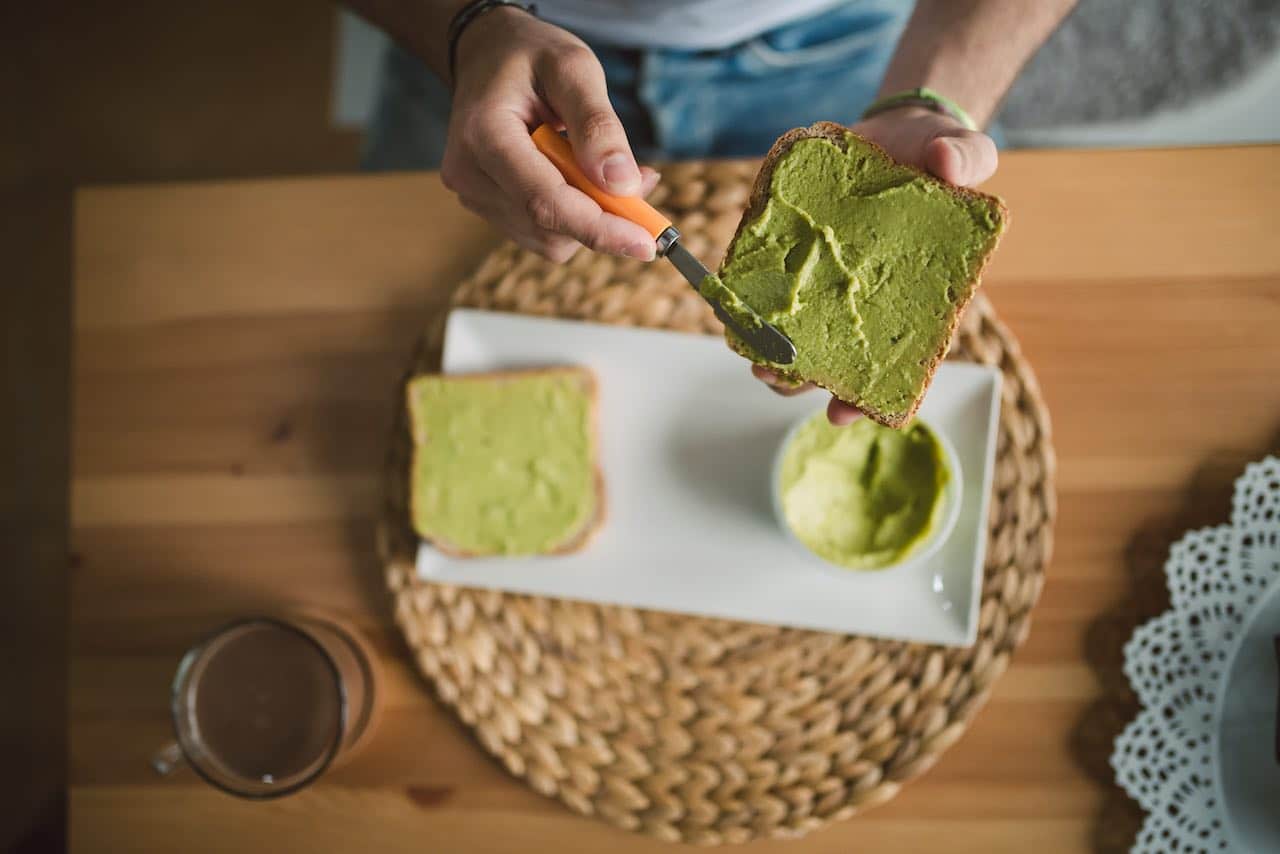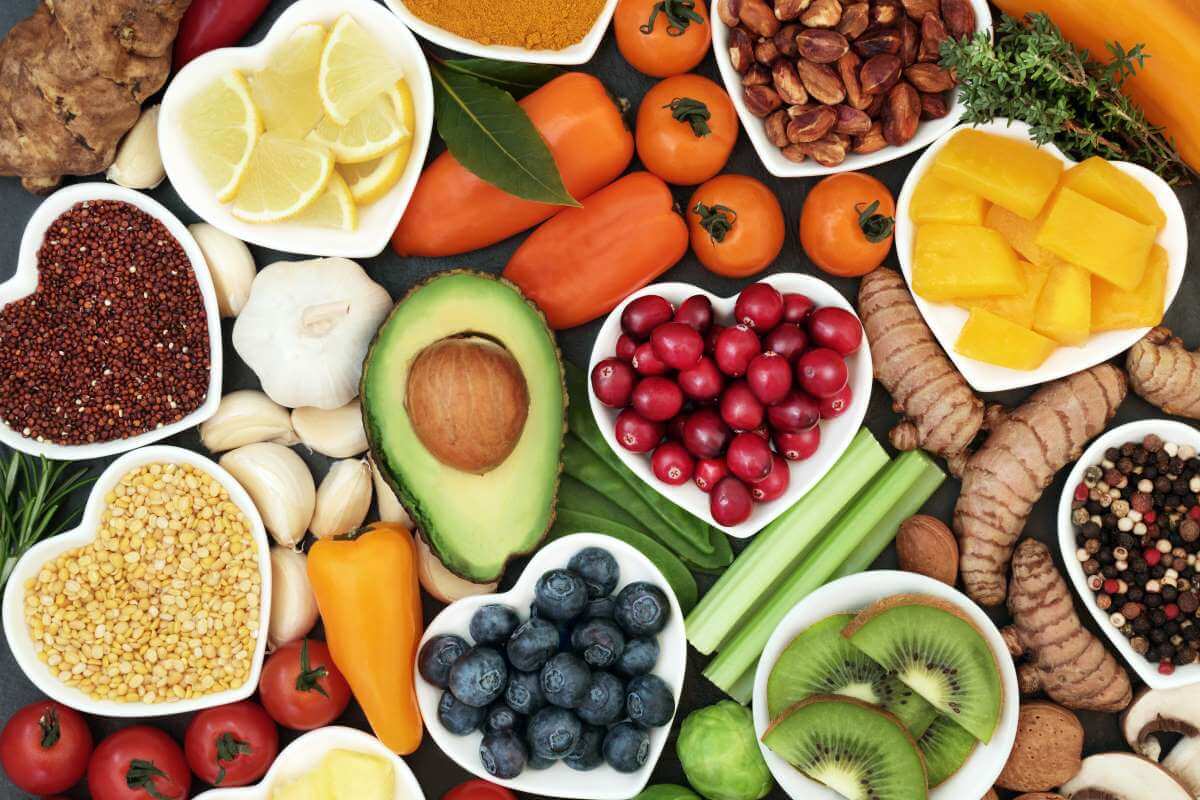At Caña Nature our products are made with fresh food, based on recipes with 100% natural ingredients.
These ingredients in many cases, as in our guacamole, our gazpacho or our salmorejo, provide many benefits, such as those derived from dietary fibre.
What is fibre in food?
The fibre in these foods consists of a vegetable component, which includes polysaccharides and lignins in its composition.
It is a key element in the digestive system, specifically in maintaining the microflora of the colon and stimulating digestion.
How much fibre per day is recommended?
It is generally considered that fibre intake should be between 30 to 38 grams for men and 21 to 25 grams for women.
These ranges, however, can change depending on the individual’s physical constitution and state of health.
Ideally, it is best to check which fibre-rich foods are most helpful in maintaining an optimal digestive process and add them to your diet on a regular basis.
Benefits of eating fibre-rich foods
Regular consumption of fibre helps prevent many diseases, especially cardiovascular and respiratory diseases.
It also helps to keep the intestine clean and healthy, promotes intestinal transit and helps prevent constipation.
Eating fibre-rich foods also helps to prevent diseases such as diverticulosis or even obesity, thanks to the satiating effect they offer.
Other diseases or problems resulting from a diet that is lacking in fibre for a long time are chronic constipation, irritable bowel syndrome or ulcerative colitis.
Similarly, it is also inadvisable to consume too many fibre-containing foods, as it can affect them in many ways. For example, it can prevent glucose from entering the bloodstream, reduce mineral absorption or even disrupt the digestive system.
Obviously the best strategy is to take advantage of fibre-rich foods to help maintain a healthy, balanced diet and the best possible health.
What foods are rich in fibre?
We can find many foods that are rich in fibre. Other foods that are not listed below also contain fibre, but their percentage in relation to other components is lower.
- In terms of fruit, strawberries, oranges, apples with peel, pears, bananas and raspberries stand out for their high fibre content.
- Many vegetables are rich in fibre, such as potatoes (including the skin), raw cauliflower or raw carrots, boiled peas, boiled broccoli, boiled sweet corn or even boiled brussels sprouts.
- As for cereals with fibre, wholemeal spaghetti, brown rice, quinoa, bran flakes, oatmeal, popcorn, wheat bread or rye bread are recommended.
- Finally, pulses, seeds and nuts are also rich in fibre. These include lentils, almonds, walnuts, pistachios, beans, peas and even sunflower seeds.












